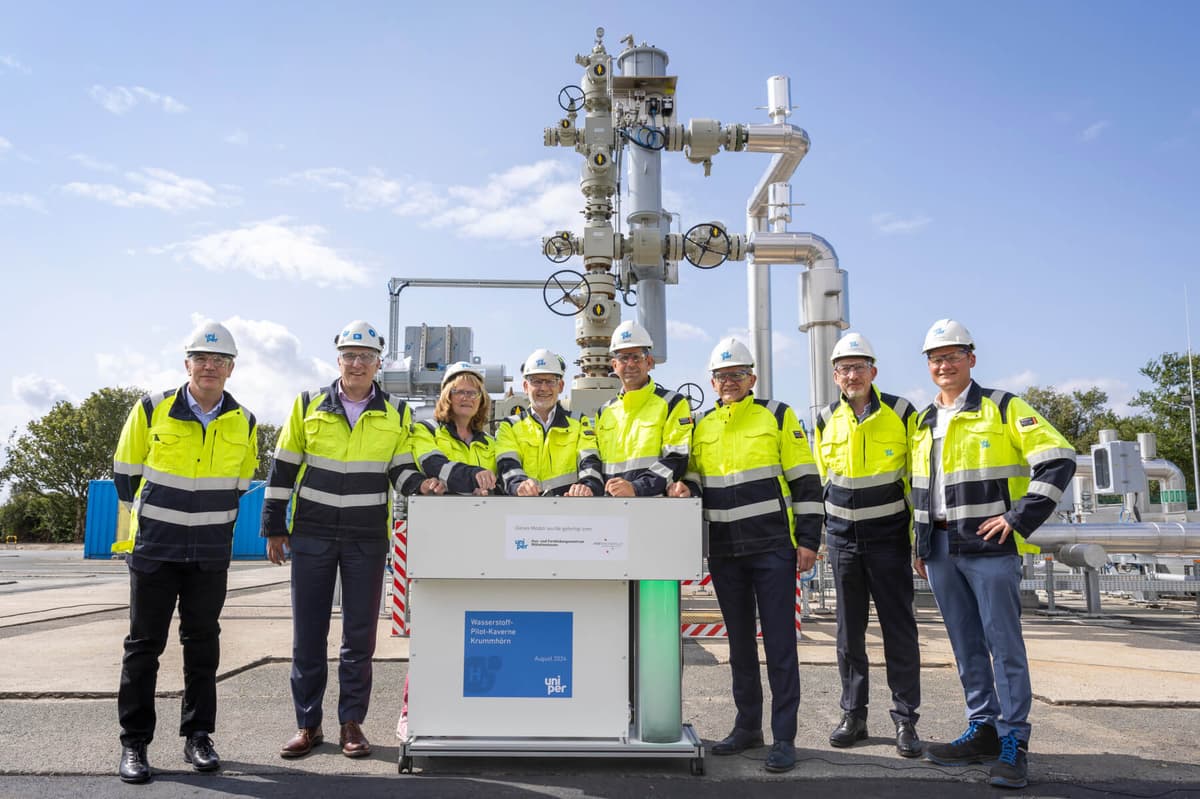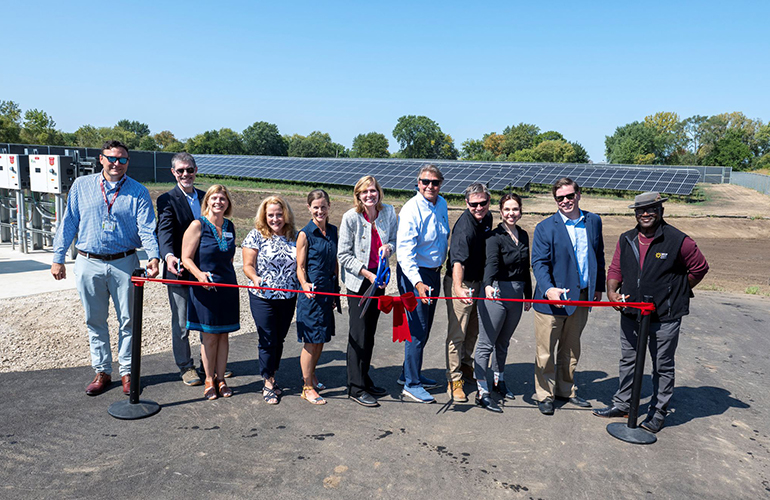
Uniper has opened its pilot underground hydrogen storage cavern in Krummhörn, Germany, with gas expected to fill the site in September.
The Hydrogen Pilot Cavern (HPC) will trial the storage of hydrogen and natural gas blends at an existing borehole, with a capacity for nearly 500,000Nm3 of hydrogen.
Coming as part of the German utility’s strategy to prepare commercial hydrogen storage projects, Uniper will undertake a gas tightness test on September 24, which will be followed by an initial gas filling.
The pilot cavern will give the company the chance to test equipment and materials in a real-world setting, whilst also providing insight into the changes that could happen to the hydrogen gas while in storage.
Eventually, the Krummhörn site could initially be expanded to store up to 250GWh of hydrogen, with wider plans to boost capacity to 600GWh.
Situated near Uniper’s Wilhelmshaven site, where it plans to set up a new green gas import terminal with TES and NPorts, Uniper has suggested the storage facility could be connected to Germany’s planned hydrogen core network (HCN).
Read more:Commission approves Germany’s €3bn hydrogen network finance plan
“Our HPC Krummhörn project is laying the foundations for the development of storage solutions on a commercial scale and is thus part of the implementation of our ‘Greener Gases’ strategy,” said Haolger Kreetz, Chief Operating Officer (COO) at Uniper.
Having received €2.38m ($2.6m) from Lower Saxony’s government for the project, the company says it will invest a low-double-digit million euro figure into the project in the future but has called for more support from the central government.
Uniper CEO, Michael Lewis, said to ensure the project does move beyond pilot, the firm needs a “reliable long-term regulatory framework based on market-based mechanisms and accompanying investment incentives.”
Kreetz added, “Applying the principles of contracts for difference over a sufficiently long initial period in analogy to the development of the hydrogen core network would appear to make sense here.”
Salt caverns will play a key role in future grid demands – Class of H2







